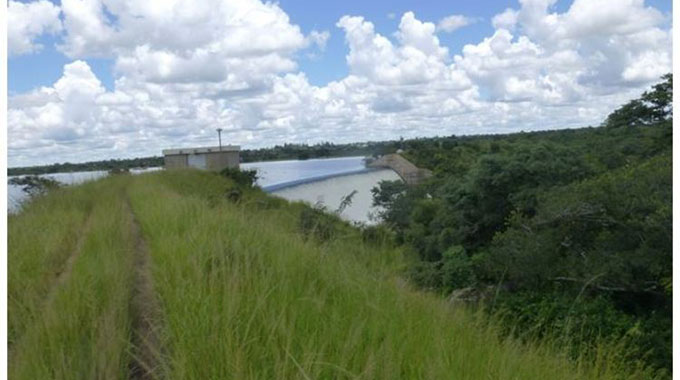Source: ‘Lack of maintenance a threat to dams’ | The Herald 20 AUG, 2019

Martin Kadzere Senior Business Reporter
Zimbabwe has several dams with potential of causing serious risk to the viability of multi-million dollar agriculture projects and the public due to lack of maintenance over the past decade, according to a report by African Development Bank.
There are about 8 000 dams in Zimbabwe — 850 of which have been constructed by the Government, while the majority are privately owned.
According to the International Commission on Large Dams, the country has of 253 large dams of which 107 are State-owned while the remainder — mostly small to medium are privately owned.
The AfDB Infrastructure Report (2019) noted that lack of maintenance could result in structural failures of some dams with potential of putting human lives in danger and destruction of farming projects.
“There has been a lack of maintenance of dams over the past decade,” said the report.
“Zimbabwe now faces a situation where there may be a serious public safety risk from breach of some of these dams.”
The lack of maintenance has also resulted in loss of large volumes of water that in turn, have affected services to people dependent on the supply of water from these dams for their farming business.
The AfDB report also said a high proportion of the medium and small dams face operational difficulties due to high levels of siltation resulting from poor watersheds management.
Efforts to get a comment from Zimbabwe National Water Authority and its parent Ministry of Lands, Agriculture, Water, Climate and Rural Resettlement, proved fruitless. However, water experts warned the state of the dams were in deplorable state due the lack of maintenance, saying significant investments were critical to repair the dams.
“Some of the smaller to medium dams were taken over (by black farmers) during the period of land reform programme and there was little or no investments made to keep them in good state. It is also a period when the country went through tough economic challenges.
“That created a huge gap as far as maintenance of these dams is concerned,” said one water expert, adding that authorities should seriously consider start auditing the dams.
“It is also critical that Zimbabwe needs a massive rehabilitation of the country’s dams to boost water harvesting for irrigation in light of recurrent droughts resulting from the effects of climate change,” the expert, who declined to be identified said.
Zambia and Zimbabwe embarked on repairs of Lake Kariba, the largest man-made dam in Africa after world experts warned failure to invest in the rehabilitation could result in the gradual degradation of key safety features to a level below international standards.
Experts had warned the lake, which measures 226 kilometres long and in some places 40 kilometres wide, would collapse if no repairs were undertaken.
Rehabilitation works on the project include; reshaping of the plunge pool downstream of the dam wall, which commenced in 2017, and the rehabilitation of the spillway. — ebusinessweekly.co.zw
COMMENTS